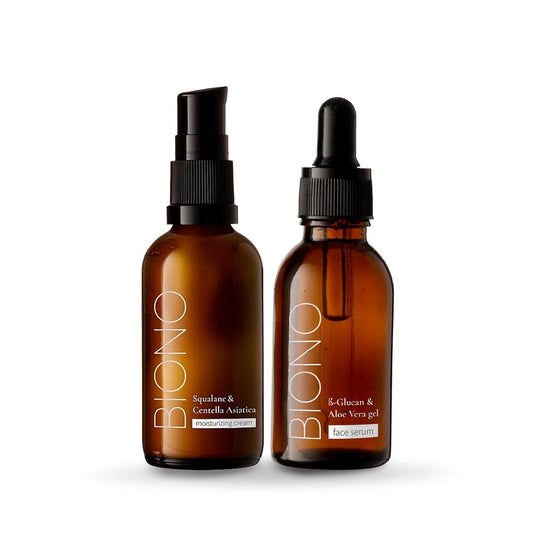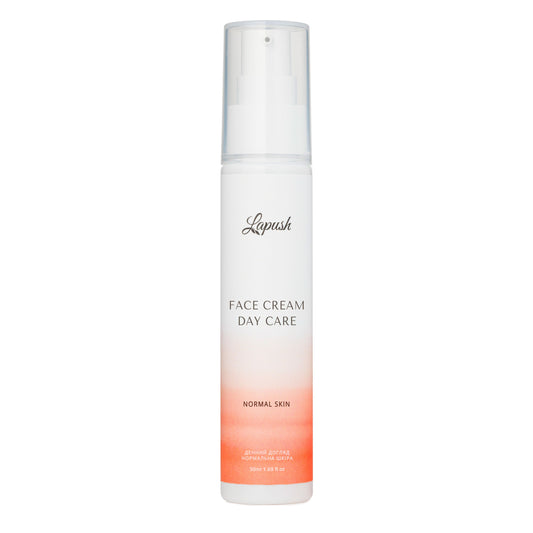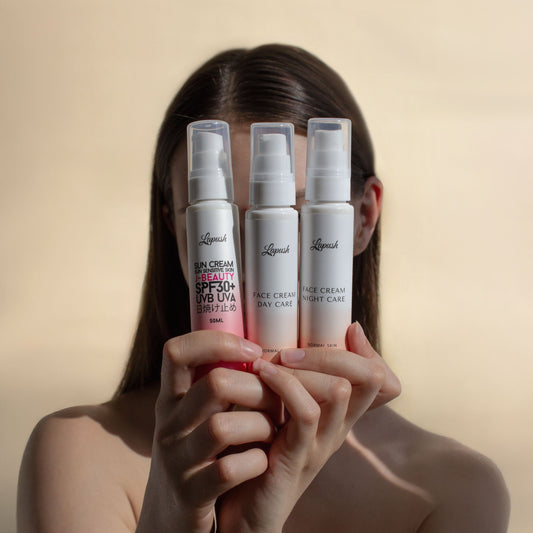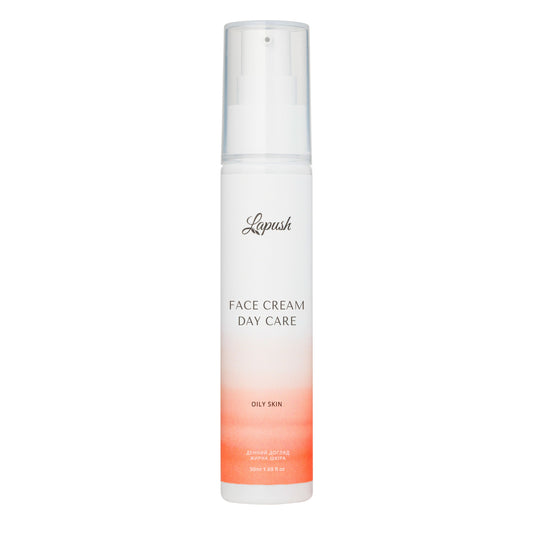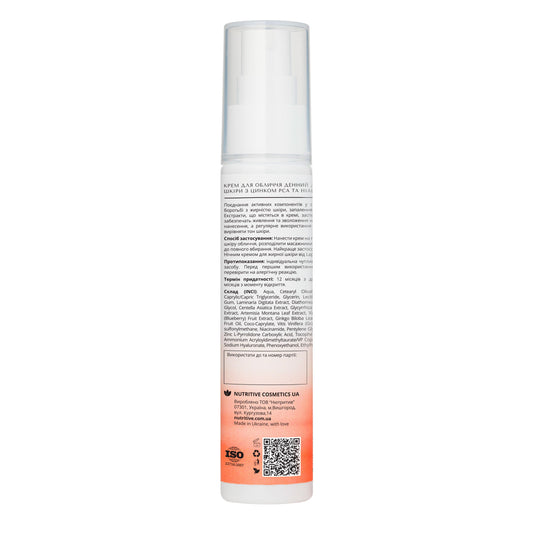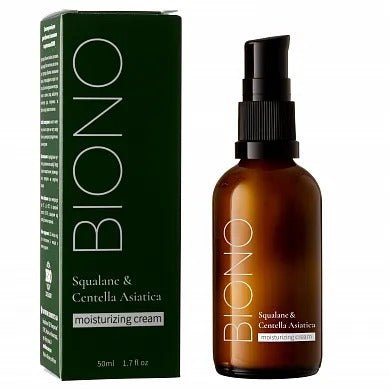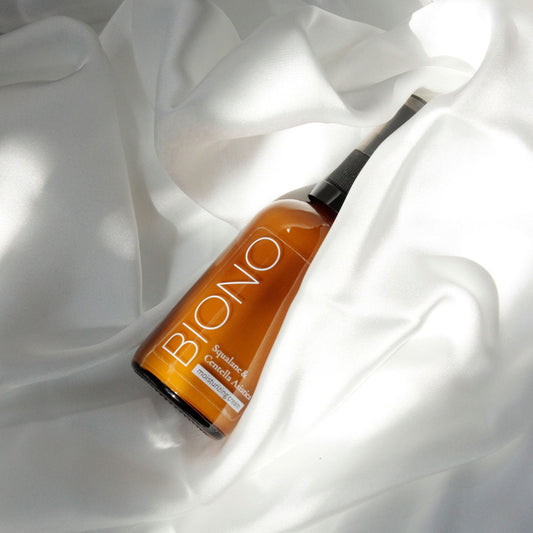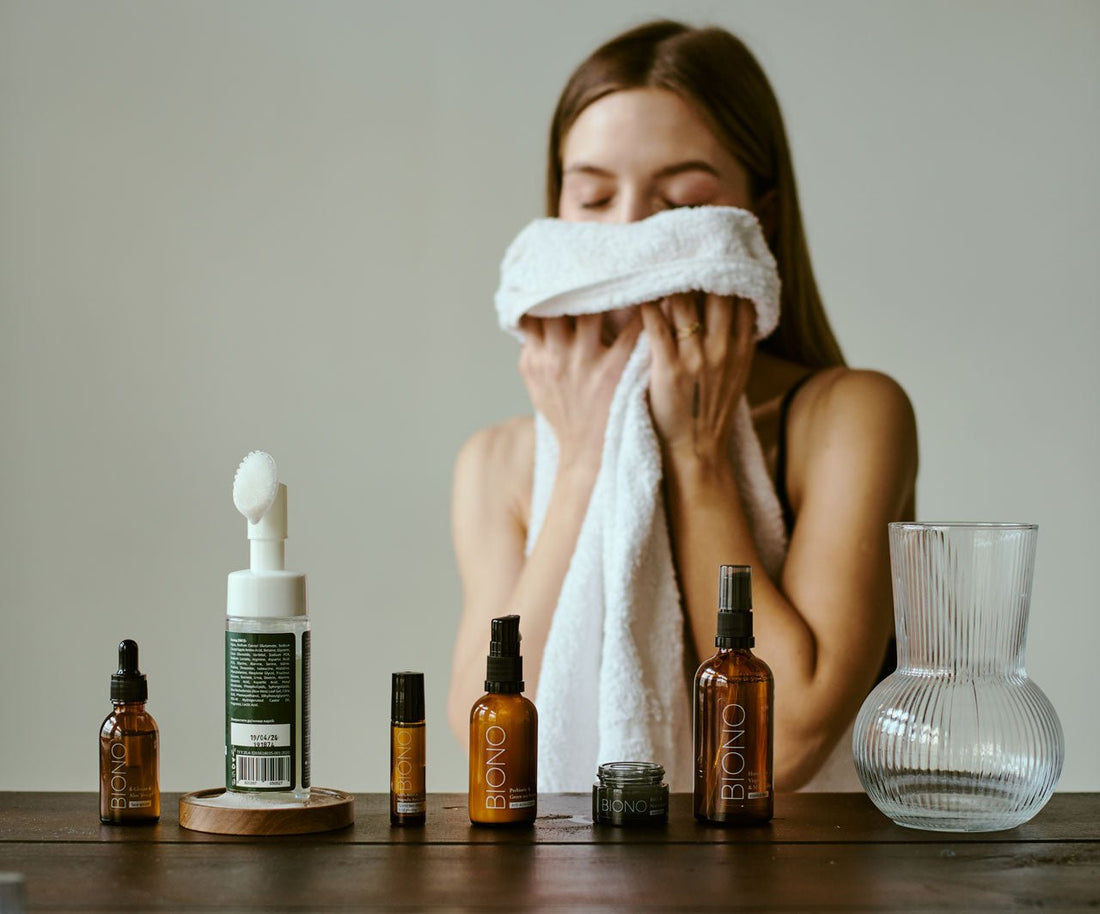
Is it possible to squeeze pimples: expert opinion of dermatologists on caring for problem skin
The problem of acne worries millions of people around the world, and most often there is a temptation to simply squeeze the unpleasant rash. However, the question "is it possible to squeeze acne" has a complex answer that depends on the type of inflammation, skin condition and the correct technique. Dermatologists categorically do not recommend squeezing acne yourself due to the high risk of complications, but there are certain exceptions and professional methods that can be safe with the right approach.
Why you shouldn't squeeze pimples: the main risks to skin health
Mechanical impact on inflamed skin elements can lead to serious complications. When you squeeze pimples, there is a high risk of introducing infection into the deeper layers of the epidermis. Bacteria from the hands and the environment easily get into the open wound, which can cause the inflammatory process to spread to healthy areas of the skin.
Improper squeezing often leads to scarring and age spots. When you put pressure on a pimple, you can damage the collagen fibers in the dermis, which can then form depressions or raised marks. It is especially dangerous to squeeze pimples in the so-called "triangle of death" - the area around the nose and upper lip, where infection can enter the bloodstream.
In addition, mechanical irritation stimulates the sebaceous glands to secrete more sebum, which can lead to new inflammations. Instead of improving the skin condition, you get the opposite effect - acne becomes more pronounced and numerous.
Which pimples can be squeezed: safe cases with the correct technique
Despite the general warnings, there are certain types of pimples that can be gently removed with sterility. Whiteheads with a clearly visible white head can sometimes be gently removed if the inflammation is minimal. It is important that the pimple is "ripe" - with a soft white head that comes out easily with minimal pressure.
Dermatologists emphasize that even in such cases it is better to turn to professionals. Cosmetologists use special tools and techniques that minimize the risk of complications. Professional facial cleansing includes preliminary skin preparation, the use of sterile instruments and proper post-procedure care.
If you still decide to remove a pimple yourself, do it only after careful preparation. Hands and face should be perfectly clean, use sterile wipes or cotton pads. Never squeeze inflamed, red or painful pimples - this is almost guaranteed to lead to complications.
Proper skin care instead of squeezing pimples
Effective acne prevention is much better than treating the consequences of improper squeezing. Regular cleansing of the skin with mild products helps remove excess sebum and dead cells without irritating the epidermis. Use toners with salicylic acid or benzoyl peroxide, which gently dissolve comedones.
Proper hydration is just as important, even for oily, problem skin. Not getting enough hydration can stimulate your sebaceous glands to overwork. Choose lightweight, non-comedogenic moisturizers with hyaluronic acid or niacinamide that won't clog pores.
Regular use of exfoliants helps prevent comedones. AHA and BHA acids gently exfoliate the top layer of skin, improving texture and reducing the appearance of pores. However, it is important not to overdo it - over-exfoliating can lead to irritation and worsening acne.
When to see a dermatologist instead of self-medicating
If acne occurs regularly and in large numbers, self-treatment may not be effective. A dermatologist may prescribe professional preparations with retinoids, antibiotics, or hormonal therapy, which are not available without a prescription. It is especially important to consult a specialist in case of cystic acne or the presence of deep inflammation.
Marks from previous acne extractions also require professional intervention. Postacne in the form of scars, pits, or hyperpigmentation can only be effectively treated in a clinic setting. Dermatologists use laser therapy, chemical peels, and injectable techniques to restore healthy skin texture.
In addition, some rashes can be symptoms of other diseases not related to acne. Rosacea, seborrheic dermatitis or allergic reactions require specific treatment. Only a qualified dermatologist can make a correct diagnosis and prescribe appropriate therapy.
Alternative acne treatments without risk to the skin
Modern cosmetology offers many safe alternatives to squeezing acne. Spot treatments with salicylic acid or sulfur help to quickly reduce inflammation without mechanical action. These drugs penetrate the pore and dissolve sebum, allowing the blockage to clear naturally.
Professional treatments such as microdermabrasion or chemical peels effectively cleanse pores and improve the overall condition of the skin. Ultrasonic facial cleansing allows you to deeply cleanse the skin without trauma, and LED therapy helps reduce inflammation and accelerate healing.
Homemade masks with clay, activated charcoal, or zinc can also be helpful in controlling oiliness. It's important to choose products according to your skin type and avoid using harsh ingredients that can cause further irritation.
Effective anti-acne cosmetics: an overview of active ingredients
The right choice of cosmetics can significantly improve the condition of problematic skin without the need to squeeze pimples. Salicylic acid remains one of the most effective ingredients for fighting acne. This BHA component penetrates deep into the pores, dissolves sebum and dead cells, preventing the formation of comedones. Products with 0.5-2% salicylic acid are suitable for daily use.
Benzoyl peroxide exhibits powerful antibacterial properties, effectively killing the bacteria Propionibacterium acnes. This ingredient is especially useful for treating inflammatory acne. Start with low concentrations of 2.5%, gradually increasing to 5-10% as needed. It is important to use sunscreen, as benzoyl peroxide increases skin photosensitivity.
Retinoids , including retinol and adapalene, accelerate cell turnover and prevent clogged pores. These products not only treat existing acne, but also prevent new breakouts. Start with minimal concentrations 2-3 times a week, gradually increasing the frequency of use to avoid irritation.
Conclusion: A smart approach to problem skin care
The question "to squeeze pimples or not" has a clear answer from dermatologists - it is better to refrain from this temptation. The risks of complications, including infections, scarring and the spread of inflammation, far outweigh the short-term cosmetic effect. Even when a pimple seems "ready" to be removed, the wrong technique can lead to serious consequences for the health of the skin.
Instead of dangerous squeezing, it is worth focusing on comprehensive care and prevention of acne. Regular cleansing, proper moisturizing, using active ingredients and consulting a professional when necessary is a sure way to healthy skin without risks and complications.

